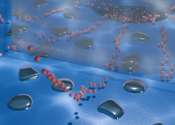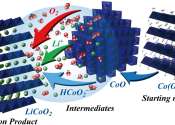Model outlines how ionic blockades influence energy recovery in forward bias bipolar membranes
Bipolar membranes (BPMs) are a class of ion-exchange membranes typically comprising a cation- and an anion-exchange layer. While these membranes have recently been integrated in various electrochemical devices for a wide ...









